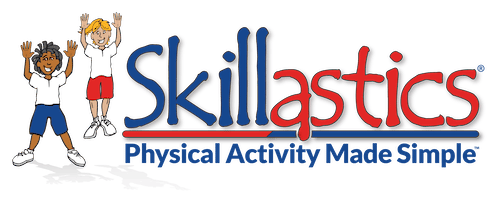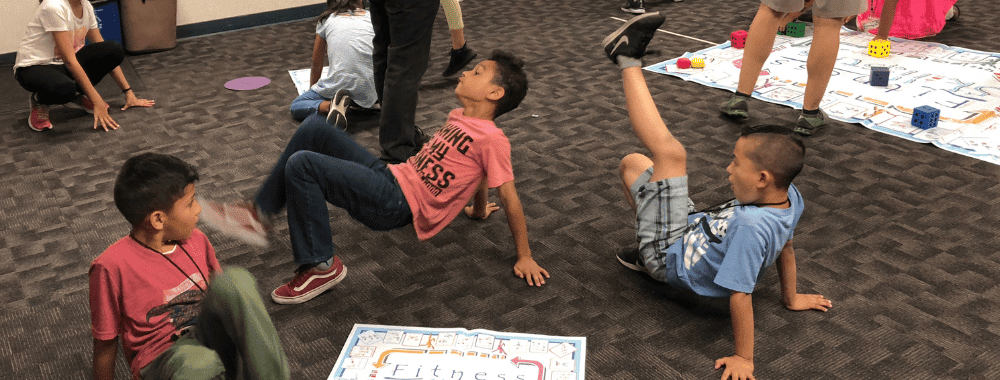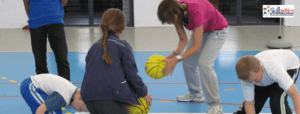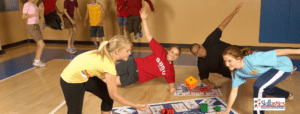Sports and activities are ever-evolving, taking on surprising forms over the recent years that help encourage kids to not only get and stay active, but to consider their whole body health. Don’t believe sports are ever-changing? Take the Winter Olympics as an example. When the Olympics first began, there were just five sports: bobsleigh, curling, ice hockey, Nordic skiing, and skating. Now, there are 16 different sports including Ski Mountaineering and Skeleton. The Summer Olympics? They started with nine in the year 1896 and now we’re up to 46 in everything from skateboarding to trampoline!
Clearly, physical activity doesn’t have to be your cookie-cutter team sport to encourage a healthy and life-long physical activity journey for kids. Traditional organized sports offer great ways for kids to experience some amazing physical and whole-health benefits such as forming social bonds with other kids and helping them create brain waves that form the foundation for health at a later age.
Surprisingly, they’re not the only option for parents and communities. There are other nontraditional activities that can help encourage kids to increase not only their physical activity, but improve their mental health, mindfulness, and even academics.
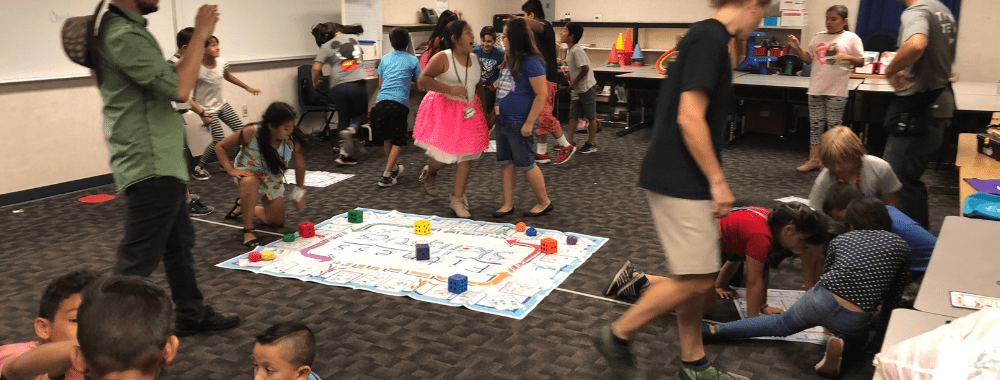
Traditional non-competitive team sports like Basketball, Baseball, Soccer, or Tennis can encourage kids to develop sportsmanship, social skills, team work, and conflict resolution. But one undeniable aspect of team sports is that competitiveness is encouraged at younger and younger ages. Sometimes, young children are still in single-digit birthdays when they’re signed up for travel ball teams, and only the best of the best are selected for these prestigious opportunities.
Where does that leave kids who aren’t signed up for competitive team sports? And how is it affecting their whole health? Sadly, we’re leaving kids behind in the health and activity realm when we consider only traditional activities.
What else is out there, and why should we consider them as not only viable options but equally important in a kids’ physical activity journey? Here are some great (and probably surprising!) activities and sport-skills that after school programs can provide you may not have considered.
1 . Yoga
It’s for everyone. It can improve balance, flexibility, and strength, as kids learn slow movements, deep breathing, and self control as they learn to hold poses. It can help improve heart function and reduce inflammation in the body. It doesn’t increase the heart rate like traditional aerobics, but it reduces blood pressure, blood cholesterol, and blood glucose levels. Additionally, as kids learn to improve their balance and body control, it can help them when they play other sports too!
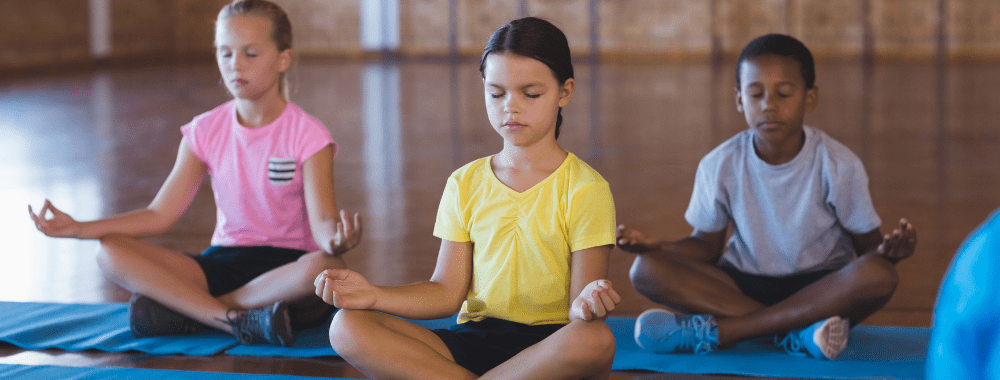
2. Pilates
No, it’s not yoga. Where yoga practices a flow from one exercise pose to another, pilates focuses on core muscle strength, posture, and lower and upper body strength. Pilates also increases range of motion and helps with balanced muscle development. Not fast-paced, Pilates really focuses on a student’s core, and helps connect that core to the spine and limbs for improved movement for strength, flexibility, and improved range of motion while creating a leaner body.
Pilates was developed as a rehabilitation program for wounded soldiers in World War I by a German-born hospital orderly, Joseph Huburtus Pilates. Specifically designed to help improve areas of the body that may need extra help with strength and function, this is an awesome way to make sure kids of all physical abilities can improve their muscular system as a whole.
3. Mindfulness for a better future
Mindfulness isn’t just the latest buzzword, it’s actually a critical life skill that is rapidly declining. It helps kids improve their mental health, personal awareness, gratitude, and anxiety management. Did you know that increased technology use directly correlates with a decline in wellbeing and self control? A recent study found that over the past two decades, college students’ wellbeing, self-control, and emotionality have declined.
This means we have less concern for others, less ability to empathize or work as a team, and less ability to control our emotions when things go awry. One of our amazing mindfulness programs at Skillastics® combines journaling, movement, and meditation to not only get a workout for kids’ bodies, but to train their brains to focus on their mental health and care for others as well.

4. Sports for Special Needs and Differently-Abled Kids
Sometimes, sports teams and after-school programs are very inclusive, welcoming differently-abled kids with open arms. But the more competitive a team is–especially those travel teams we mentioned earlier–the fewer spots they have open, and the less likely they are to award one to a differently-abled child. That’s why it is so critical for programs to be available for kids of all activity levels.
One of the things we love doing here at Skillastics® is thinking outside of the box to consider sports that EVERY kid loves, whether that’s Folklorico Dance, a Stem-and-Sports Program combining academic learning with physical activity, or one of our all-time customer favorites, Sport Stacking. Kids who don’t normally excel at team sports can thrive in these programs because they encourage kids to beat their own personal best as they learn a new sport or skill, and can be modified to pace the needs of the child.
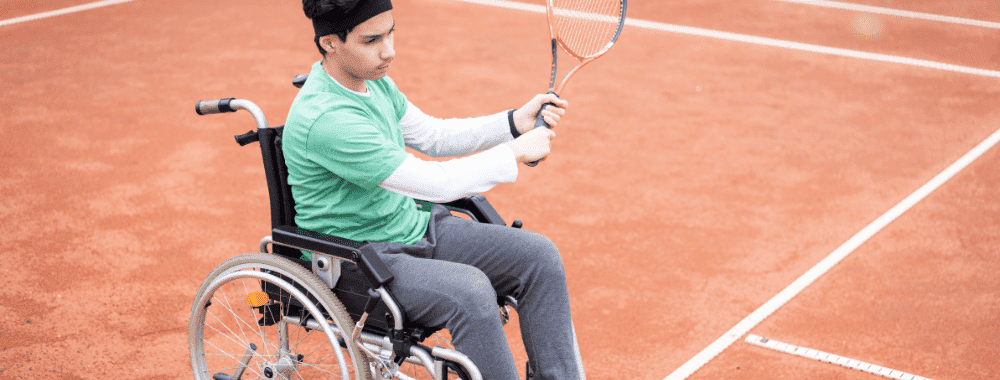
5. Martial Arts
A whole lot more than kicking. It’s not unusual to find the perception that martial arts is just kicks and punches, but nothing could be further from the truth. Martial arts can teach kids self defense, discipline, respect for their master and others, and self control. But just as there isn’t one type of kid, there isn’t just one type of martial arts.
Skillastics® alone offers kickboxing, martial arts with multiple belt advancement opportunities, plus a High-Intensity Training (Hiit) program that all focus on different skills learned in martial arts. This is another great option for kids who are differently abled, as kids are working at their own pace to master their best self while helping kids learn to control and improve fine motor skills. For kids with attention deficit/hyperactivity disorder (ADHD) martial arts specifically can help with developing self control, concentration, and waiting on their master to give instruction before making impulsive moves
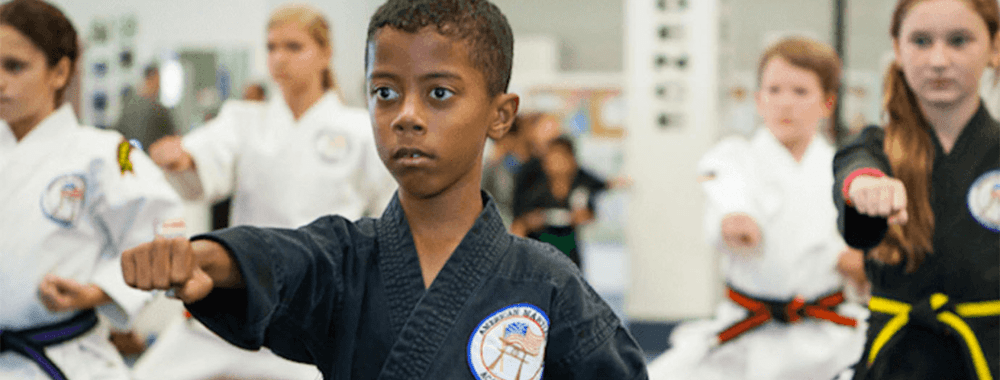
Afterschool programs are great ways for kids to burn off energy after being cooped up in the classroom all day, but if you’re looking for ways your kids can develop muscles, brains, and even their moods, consider taking your sports program up a notch to improve their whole-body health! Think outside the box for physical activities and skill development that you will love to teach, and your kids will love to learn.
Related Skillastics® Resources:
Digital Specialty Programming, including martial arts, Folklorico, Mindfulness, Yoga, & Pilates
After School Packages, including SpeedStacking, STEM, and traditional sport like Tennis or BasketballP.S. Don’t forget, you still have a little over three months left to enter our quarterly giveaway. We’re celebrating our 20th Anniversary ALL YEAR LONG and we’re excited to share our programs with you. To enter our quarterly giveaway and see the full contest rules, click here.
